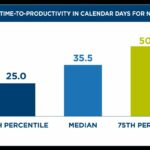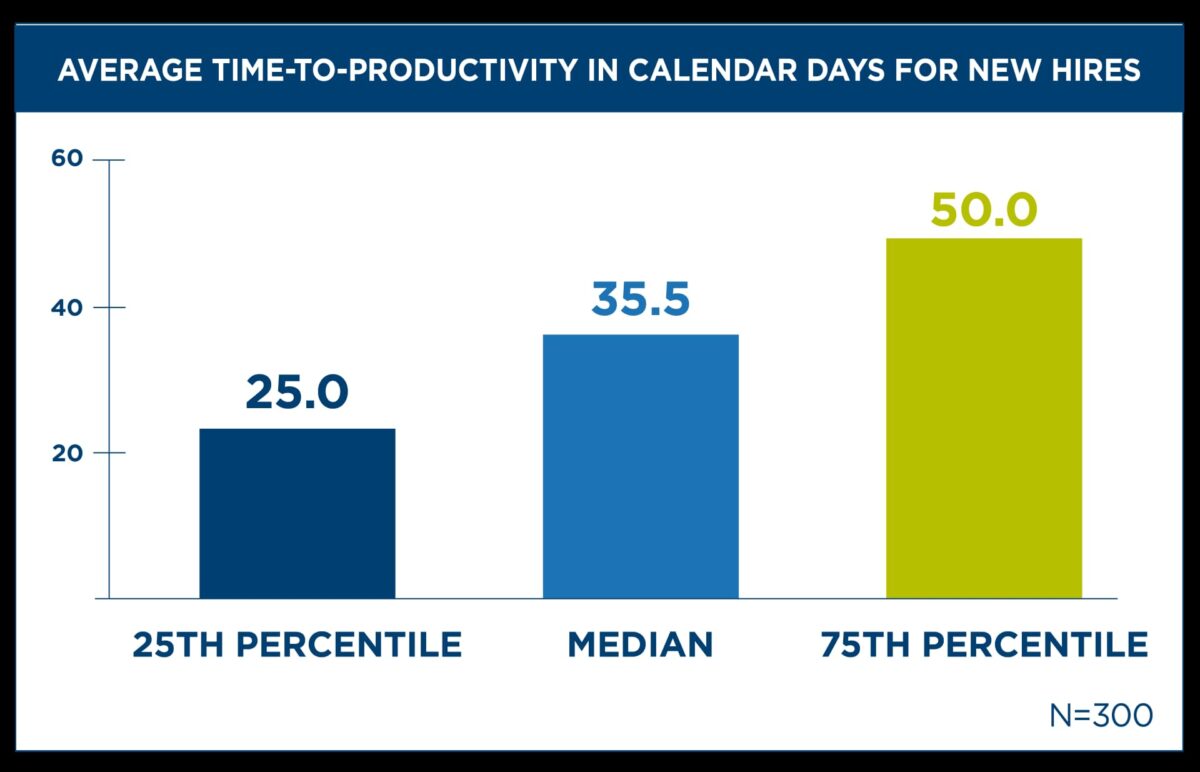Like many of its members, WeightWatchers, as an organization, is working on a major transformation. The company is altering its business model and culture and seeking to achieve support and buy-in from its nearly 5,000 employees, Chief People Officer Tiffany Stevenson said recently during her keynote presentation at the Elevate People, Ignite Change conference in Las Vegas.
Last spring, WeightWatchers bought the company that operates a subscription telehealth platform named Sequence, expanding WeightWatchers’ behavioral weight loss support services in several ways, including with such new offerings as clinical support, a digital community and virtual workshops. At the same time, WeightWatchers shut down some of its in-person meetings globally, upsetting many of its 3.6 million clients.
Employees also weren’t happy. They felt the company was moving away from its roots and minimizing the importance of behavioral support, Stevenson said. That dissatisfaction may have been further amplified by prior actions taken under previous management, including a round of layoffs in 2020. Fast-forward to the past two years: When WeightWatchers called on its workforce to embrace its new mission, direction and culture, some employees were not on board.
“We acquired Sequence to help accelerate our work. It provided a clinical solution to add to our behavioral one, and [the executives] were cheering and saying this was amazing,” Stevenson recalled. “But our team looked at us like we had three heads.”
Some employees and members took to Twitter, now X, to share their displeasure. One tweet predicted company founder Jean Nidetch would be “rolling over in her grave” because of the changes, Stevenson said.
“That’s tough to hear,” she said. “Here we are with a strategy that we think is really enabling our mission to empower people to live healthier and longer lives, but yet our team didn’t quite see it that way. In fact, they were worried we were going in the opposite direction.”
Company culture supersedes strategy

Stevenson said WeightWatchers’ strategy to transform the company from an organization that helps millions of members lose weight to one that can also help them with their overall health has been a challenging but necessary journey for the organization. To drive this transformation, Stevenson said, the company needed to change its internal culture.
“We are evolving,” she said. “The transition we are making is not just from a weight management company but to a weight care company. Our mission is to help people live healthier and longer.”
To build employee support for this new mission, Stevenson has been using three strategies to think about culture that could also help others facing similar cultural transformations.
Build from the mission out
Dig into the heart of your organization’s mission to help make it feel real and connected to employees. Convey to them how their contributions help the organization accomplish its mission.
Systems over signage
Create systems to reinforce your culture. For example, the onboarding process can be systematically used to amplify the company’s culture, such as by leaders sharing stories with new hires who exemplify the culture.
Systems are more important than the signs and posters expressing company values posted in the office, though signage should still be kept, Stevenson said.
Movements trump moments
There’s a difference between a large culture-building event and incremental but consistent steps to build a company’s culture. Given a choice between the two, HR leaders should opt for the latter, which can be called micro-movements. Stevenson says these steps lay the foundation for a culture shift over time.
“It isn’t helpful to have one great town hall where you really nail it, and then everything else goes flat,” Stevenson said. “We have to think about those micro-movements and those micro-conversations.”
These conversations need to be repeated many times so that people can connect their work with the need for change, Stevenson said, adding that this will drive the work forward.
WeightWatchers relies on ethos, pathos and logos to fuel movement at the organization, she said.
Ethos is the ethical reason for the work—why it matters and is worth accomplishing. Pathos refers to evoking strong feelings and a desire to support the cause, and logos refers to leveraging clear logic to explain changes.
Forge the path ahead by looking at the past
In aligning the workforce with WeightWatchers’ expanded business strategy to include clinical and digital support for its members, Stevenson looked to the past and the work of the founder.
And she found similarities. The founder’s business model was based on three key ideas: the importance of communities to support a weight loss journey, which is now a health journey; science over diet fads, which now includes clinical science; and access to weight loss information beyond only catering to the rich, which now includes access to a wider range of health support.
“It’s important to look back if you want to look ahead,” Stevenson said. “You don’t want to forget those core parts of your DNA. You want to make sure that those stay with you. We realized that we missed an opportunity to make that really plain.”
The post As WeightWatchers transforms its business, why company culture is key appeared first on HR Executive.








